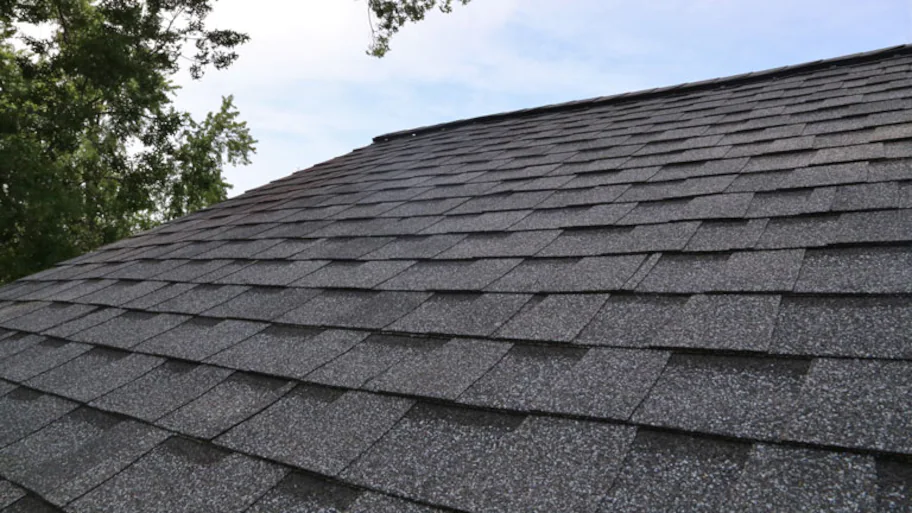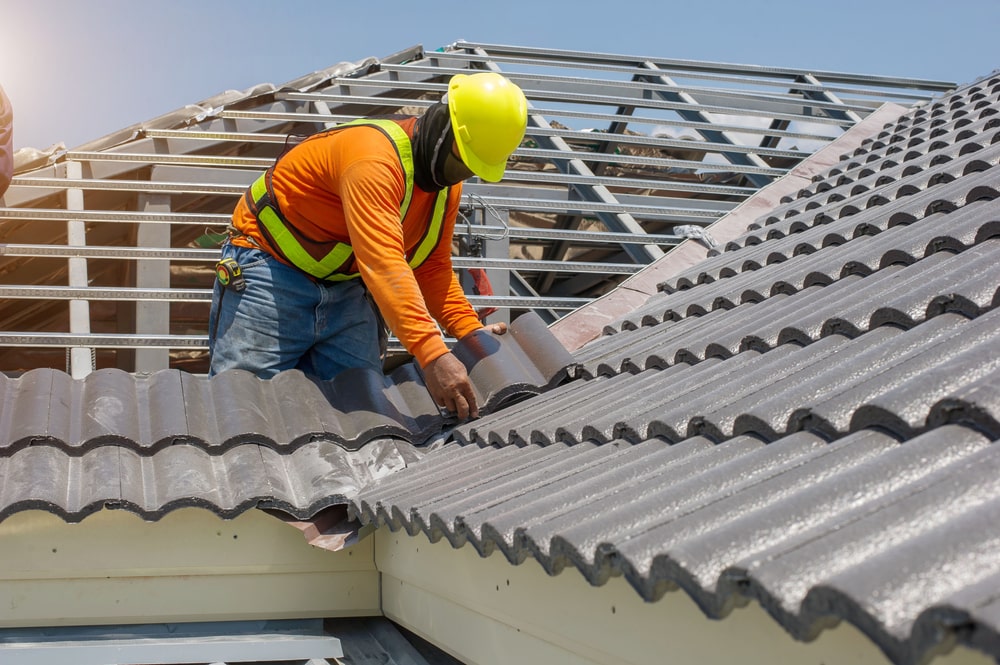Important Questions to Ask Gainesville Roofing Companies Before Working With
Important Questions to Ask Gainesville Roofing Companies Before Working With
Blog Article
Best Practices for Ensuring Appropriate Roofing Ventilation
A well balanced intake and exhaust vent ratio, typically 1:300, plays a pivotal role, with intake vents ideally put at the reduced edge of the roof covering for awesome air access and exhaust vents at the height for cozy air exit. Maintaining insulation away from vents is essential to prevent air flow constraint.
Understand Ventilation Basics
Correctly recognizing air flow fundamentals is vital for guaranteeing the durability and efficiency of roof. Effective air flow mitigates wetness build-up and temperature level extremes in the attic, both of which can result in substantial architectural damage with time. A well-ventilated roofing system aids in protecting against usual issues such as mold growth, wood rot, and ice dams, which can endanger the integrity of the roofing products and the underlying structures.
The key objective of ventilation is to facilitate the movement of air, enabling a constant exchange in between the outside and interior settings. This balance is achieved with a mix of intake and exhaust vents that work with each other to maintain optimum airflow. Intake vents, normally located along the soffits or eaves, enable fresh air to go into the attic room, while exhaust vents, typically situated at or near the roofing system ridge, make it possible for hot, humid air to escape.
Secret elements affecting the performance of roof ventilation include appropriate placement, appropriate sizing, and ensuring that both intake and exhaust vents are unblocked. Regular inspection and maintenance are critical to recognize prospective clogs, damage, or ineffectiveness in the ventilation system, thereby protecting the roofing's efficiency and longevity.
Kinds Of Roofing System Vents
Roofing system vents play a vital function in keeping efficient attic room air flow and, by extension, the general health and wellness of the roof covering system. Different kinds of roofing system vents are available, each with one-of-a-kind benefits tailored to particular roof covering needs.

Soffit vents are installed under the eaves and job in tandem with roof covering vents to make sure a well balanced consumption and exhaust system. By permitting cooler air to enter from below, soffit vents help with the expulsion of hot air with top vents. Gable vents, situated on the exterior walls of the attic, deal an additional effective service, specifically in homes with gable roofings.
Evaluate Your Present Ventilation

Next, think about the age and problem of your roof products and air flow parts. Older systems may not abide by existing building regulations or may have worn away gradually, reducing their effectiveness. Conduct a complete examination to identify any signs of damage, such as rust, damage, or spaces that might jeopardize the system's efficiency.
In addition, determine the attic temperature and moisture degrees. High temperatures and moisture can suggest poor ventilation.
Installment Best Practices
Reliable installment of roof covering air flow systems is extremely important for ensuring optimal efficiency and long life. Correct installment begins with comprehending the specific ventilation requirements of the roof and the building it covers. This entails calculating the proper ratio of consumption to exhaust vents, generally sticking to the 1:300 regulation, which stipulates one square foot of ventilation for every single 300 square feet of attic flooring area.

The positioning of vents is similarly essential. Consumption vents ought to be installed at the roof covering's lower edge, frequently in the soffits, to permit cool air to get in. Exhaust vents, on the other hand, should be mounted near or at the roofing system's height to help with the exit of cozy, damp air. This produces a natural air flow that assists preserve temperature level and moisture balance within the attic room area.
Seal all air vent connections meticulously to avoid air leaks and potential water seepage. Use top quality materials and adhere to manufacturer standards to guarantee durability and performance. Furthermore, integrating ridge vents with baffles can considerably boost airflow performance by avoiding wind-driven rain and snow from entering the attic.
Eventually, accurate installation of roofing ventilation systems minimizes potential problems such as mold development, ice dams, and structural damage, guaranteeing the roof covering's honesty and the structure's general health and wellness.
Normal Upkeep Tips
Consistency in upkeep techniques is fundamental to making sure the long-term effectiveness of roof air flow systems. Regular examinations are essential, preferably done biannually-- in the spring and autumn. During these examinations, guarantee that vents are without particles, nests, and various other obstructions that could impede airflow. Check for any type of signs of dampness build-up or mold and mildew, as these can suggest inappropriate air flow or leaks (roofing companies gainesville florida).
Use a soft brush or a vacuum to remove dirt and moved here particles from consumption and exhaust vents. Be mindful not to damage the vent screens or louvers during the process.
Appropriate insulation is equally essential. Ensure that attic room insulation does not block the vents, as this can drastically restrict air flow. Reposition or change it to preserve a reliable barrier. if any insulation has actually changed or worked out.
Last but not least, change any kind of damaged or missing out imp source on components quickly. Damaged vents, cracked tiles, or tatty blinking can all add to poor air flow and should be resolved right away. Regular maintenance ensures that the roofing ventilation system functions ideally, therefore prolonging the life expectancy of the roof covering itself.
Conclusion
Making sure correct roof covering air flow is extremely important for keeping the efficiency and toughness of a roof covering system. Adherence to the 1:300 intake and exhaust vent ratio, coupled with the strategic positioning of vents, is essential.
A balanced intake and exhaust air vent proportion, typically 1:300, plays a crucial duty, with intake vents ideally put at the reduced side of the roofing system for trendy air entry and exhaust vents at the top for cozy air departure. Intake vents, usually located along the eaves or soffits, permit fresh air to get in the attic room, while exhaust vents, usually situated at or near the roofing ridge, make it possible for warm, damp air to escape.
Soffit vents are set up under the eaves and job in tandem with roof vents to ensure a well balanced intake and exhaust system. By allowing cooler air Go Here to go into from below, soffit vents assist in the expulsion of warm air via top vents. Adherence to the 1:300 intake and exhaust vent ratio, coupled with the tactical positioning of vents, is vital.
Report this page